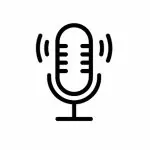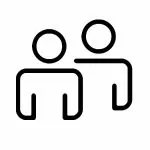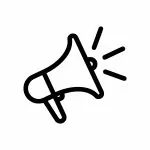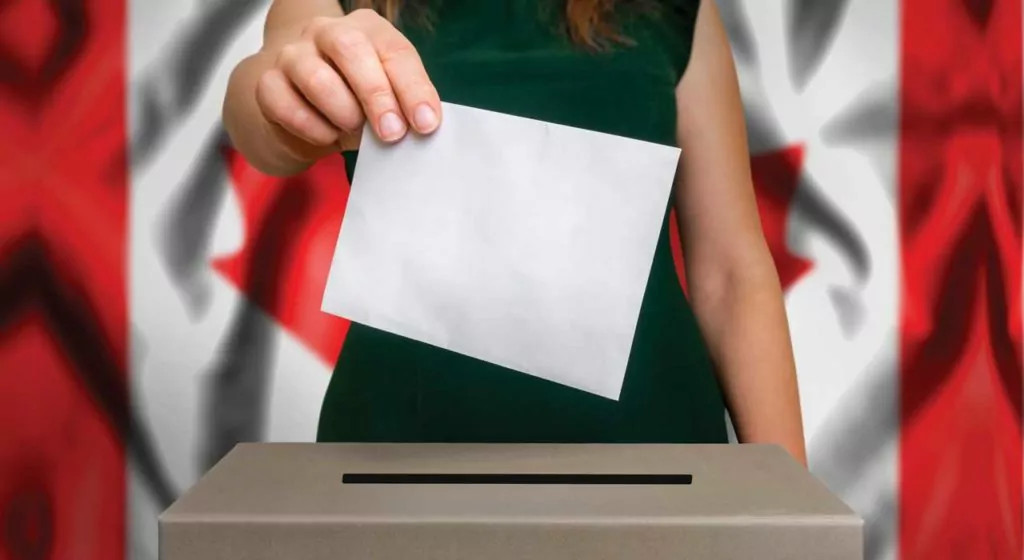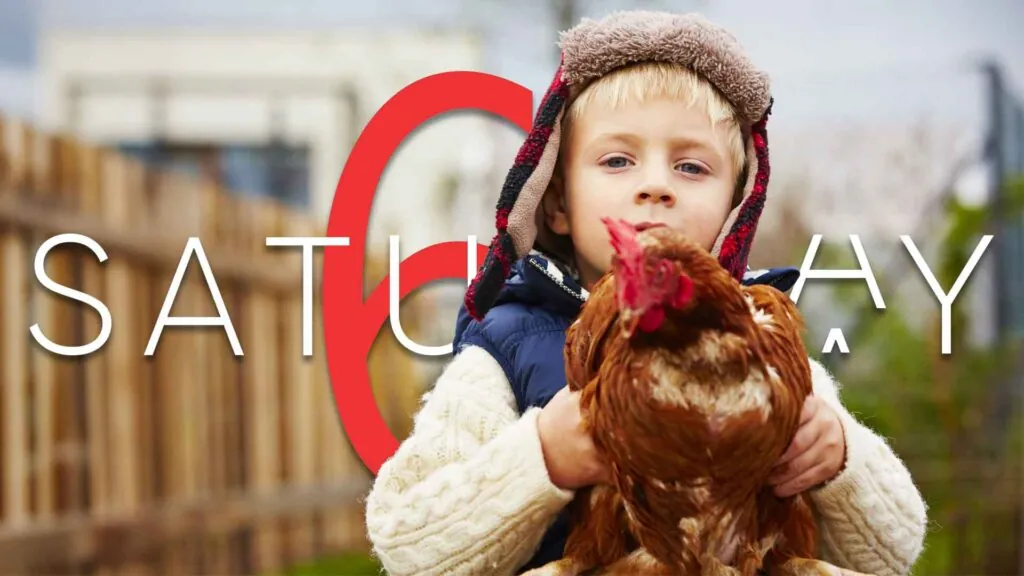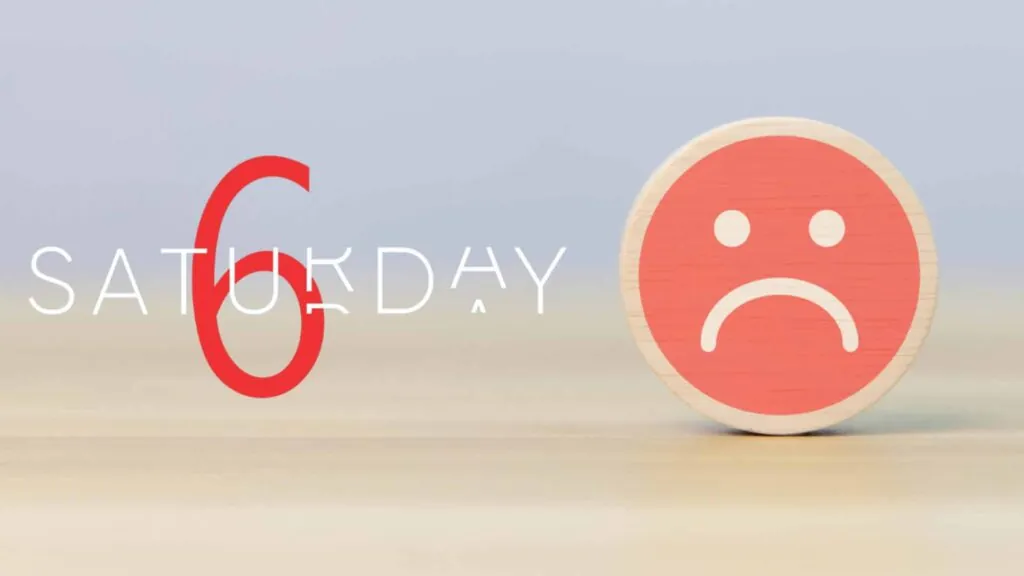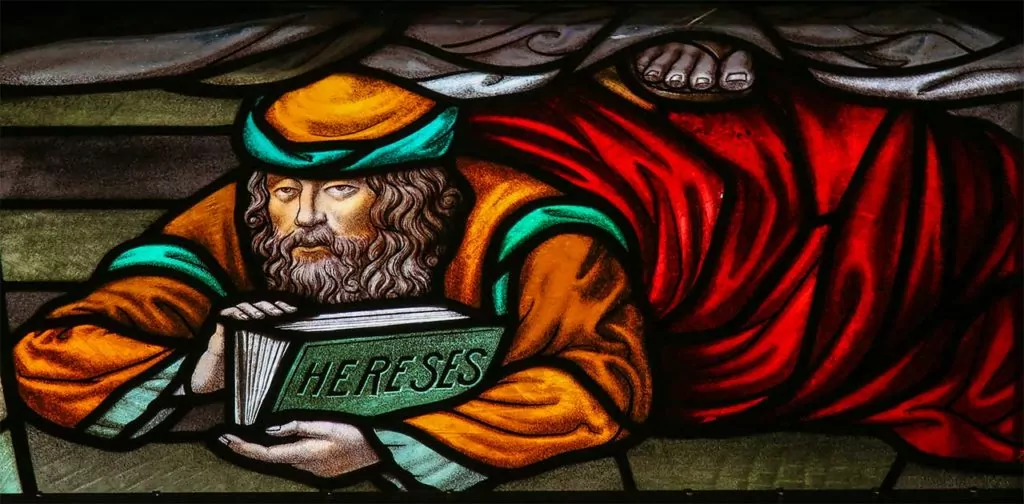On August 18, voters in the riding of Battle River–Crowfoot will go to the polls to elect one of the 214 candidates on the ballot. This is the largest number of candidates in Canadian history to compete for a single parliamentary seat, far surpassing the previous record of 91, which last occurred in the Carleton riding during the 2025 election.

Pierre Poilievre was one of the 91 names on the 2025 Carleton riding ballot.
Why are so many people running? Well, 201 of the candidates share the same official agent, Tomas Szuchewycz, and seem to be part of a protest group, called the “Longest Ballot Committee” (LBC). While the LBC may have some connections with the old satirical Rhinoceros Party (best known for its pledge to repeal the law of gravity), this time they are at least pretending to make a serious point.
I say pretending because if they wanted to make a serious point, you’d think they would try to get the word out. But only 24 of their 201 candidates bothered to submit a website to Elections Canada, half of which linked only to YouTube music videos about the candidate. Another candidate’s page stated, “I’m doing this out of spite” and said little else. Only a half dozen or so attempted a policy statement. And the LBC’s Bluesky page vaguely stated they wanted “decisions on election law” passed on to “an independent, non-partisan body, such as a citizens’ assembly to decide.” And how might someone get onto such a body? Appointed? If so, by who? Or elected? By what process? No ready answers could be found.
The real reason for this flood of candidates can be traced to a 2017 ruling that struck down the $1,000 deposit requirement. The government defended the requirement as a way of heading off frivolous candidates, but Justice Avril Inglis rejected that argument. She pointed to the 27 Rhinoceros Party candidates who had run in the 2017 federal election and “apparently caused no harm to the integrity of the electoral process.”
But 27 joke candidates spread across the country is very different from 200 running in one. The 2025 Carleton riding ballot, with 91 candidates (see picture), was one meter long. With the prospects of a two-meter long ballot this time, Elections Canada has gone with a write-in ballot. As a National Post article put it, “what would have been Canada’s longest-ever ballot has become its shortest-ever.”
Conservative Party leader Pierre Poilievre, running in this riding and now up against Long Ballot Committee candidates for the second time this year, made three suggestions that would stop the LBC from running hundreds of candidates again:
- Raise the bar for candidate nominations by requiring 0.5% of the population in any given riding to sign, not just 100 people (that would work out to about 400 people on average)
- Require that each signature in support of a candidate be exclusive, with no signatory permitted to endorse more than one candidate in the same election
- Restrict official agents to representing only a single election candidate at any given time
While the LBC’s fuss is worth reining in, we shouldn’t want a lot of restrictions on who can run – too many restrictions could become a means for already organized big parties to squelch any smaller challengers from getting off the ground (like the Reform Party back in the late 80s). The third suggestion could hurt the Christian Heritage Party, which has a serious message to share, but not a lot of staff to go around.
So, what’s the smallest change that could be made and still be effective? What could help, but not squelch? All that would be needed is Poilievre’s second suggestion. The 201 LBC candidates likely used the same 100 voters’ signatures again and again, but this change would have required them to get a total of 20,100 different people to nominate their candidates from a riding in which there are only 85,000 eligible voters.
Ballot photo is adapted from a photo by Harry Kusumah Hidajat, and is used under a CC BY-SA 4.0 license. Editorial cartoon at the top was created with ChatGPT



